Ive copied and pasted part of a conversation from an unrelated JOJG thread to begin a more specific conversation on cultural influences and their design significance. It seemed worthy, hope nobody minds.
-christian
Posted by: Lee_ME z5 (My Page) on Thu, Aug 18, 05 at 17:31
Hi Christian ---
It's a fascinating and complex subject --- the intent of the designer and the experience of the observer. It seems so deeply affected by the culture (and individual personality/experience) of the designer and of the observer. I think we're inclined to design spaces which evoke similar responses in similarly-minded people.
An example that comes to mind is the discussion in The Modern Japanese Garden (p. 28) of "usuzumi" --- the pale gray wash frequently used on stucco walls in Japan. The writer says it "...is both instantly recognizable and has pleasant cultural connotations" [to a Japanese person]. It evokes the culture and nuance of ink painting. I remember seeing usuzumi during one of my first trips to Japan and thinking it looked dull and muddy, wondering why they didn't either make it a nice crisp white or some more definite color. Now I appreciate usuzumi, but only when I make the association with ink painting (something a Japanese person does automatically, I guess).
As a 17-year-old exchange student I can tell you I had absolutely no appreciation of wabi sabi --- it looked like pure crud to me. I'm sure part of that was due to my age and part to my upbringing as a typical WASP midwesterner. I also couldn't stand the fact that you couldn't roam around at will in the Japanese gardens --- I didn't get the point of a garden where you had to stick to the path (or not go in at all). Just an ignorant gaijin.
Lee
----------------------------------------------------------------------------------------------------------------------
RE: JOJG Peer Rankings
Posted by: didgeridoo z7 SC (My Page) on Sat, Aug 20, 05 at 17:51
I think your right, the client's (or viewer's) culture has to be accounted for in order to make the garden relevant. I guess the question is to what degree, and should we therefore be incorporating objects and materials which we are intrinsically familiar with from our own cultures when creating Japanese gardens in our own countries? And if so, it makes me wonder what does the American, Canadian, or European culture have that equates to the tsukubai, the stone lantern, the bamboo fence, the teahouse? These elements, through many stages of refinement, have achieved an almost perfected balance of function and form, of nature and man, of earthly and spiritual. American culture, as an example, is so (relatively) young that there seems to be a very shallow pool do draw something from with a meaningful cultural significance. Perhaps i am just being creatively lazy, but it seems much more efficient to use icons from other much older cultures and explain their meanings to the uninformed (who ask) than it is to start from scratch finding our own icons where few seem to have any relevance.
At the same time, while the specific cultural cues give the details of the story and distinguish the garden from nature-at-large, it is the universal themes and relationships which are probably the most effective way to convey the essence of the garden's design/intent/idea/message/lesson/feeling/mood/fuzei to the 'average' client/viewer. These things often tend to be psychological responses and instincts cued by the senses.
-christian
----------------------------------------------------------------------------------------------------------------------
RE: JOJG Peer Rankings
Posted by: gerald (My Page) on Sat, Aug 20, 05 at 19:35
Christian,
Bird baths, garden sheds,barbeques,sundials, religious statues such as the virgen mary, just to name a few.
And yes you've hit the nail on the head. Its' quite too bad how so many people study Japanese Gardens and then try to copy them into their backyard or works, only to end up with could only be called kitch - there is no atmosphere or soothing feeling in the space as it's nothing more than a collection of things like the tsukubai, the stone lantern, the bamboo fence, the teahouse.
When, actually the best would be to study Japanese Gardens and then adapt things like the process, the inner feeling of space and aproach of building a garden.
Just think of a clothing designer or painter that studys in France for a few years, do they come home and copy what their theachers were doing - not likely.
Where did all that junk about Nitobe Memorial Garden come from anyway Edzard. Like you say. what is a Shinto stroll garden anyway??) There were hundreds of pages of pathitic interpretation of the garden by scolars.
Gerald
----------------------------------------------------------------------------------------------------------------------
Exactly, Gerald, how about the peaceful ambience of the hammock swinging in the wind, or the brightly colored bird feeder, or decorative flags? I mean no offense to people with those in their gardens, i just dont think they are appropriate in a Jpn garden. To be realistic though, i am sincerely trying to think of things from American culture which would satisfy those design requests. I am specifically thinking of mitate.
The Japanese cultural icons that i named in the post above actually serve some specific purposes in (my interpretation of) the garden. The lantern represents fire and light on the practical level, but there is also the association with the Shinto/Buddhist temples from which the lanterns were originally derived. So there is obviously a significant spiritual association with the lanterns, at least for the Japanese. Similarly with the tsukubai, which were also primarily derived from the temples. They also represent the element and sound of water and the idea of purity. The bamboo fence which creates a sense of enclosure in the garden, can in the case of the yotsume-gaki feel rustic and simple like the home of a mountain hermit, or in the case of the katsura-gaki seem more fortress-like and secure. It divides space in a deliberate way. In the roji, the teahouse isnt merely an element of the garden, it actually stands alone and the garden is realistically a function of the teahouse. It serves to quiet the mind and prepare the guest for the ceremony and to distinguish the space from the outer world. But as something which has an undeniable impact on the fuzei of the garden, the teahouse represents simple beauty and the discipline of the ceremony as well as the ideals of cha-do. So the question is how do we represent our own meaningful cultural ideals through the medium of a Japanese style of design while at the same time serving the function of the garden?
To represent fire and light...
To represent water and purity...
To create a specific sense of enclosure...
To represent our spiritual ideals...
-christian

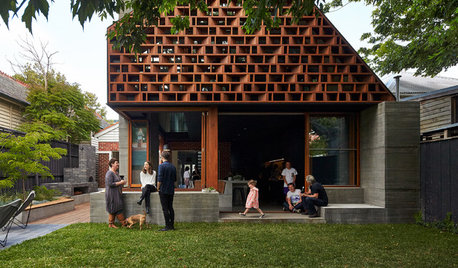
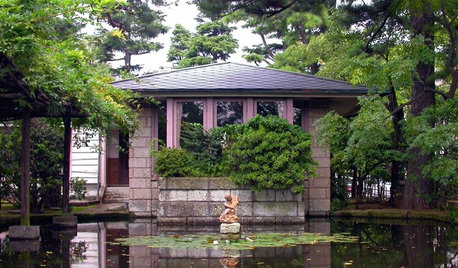
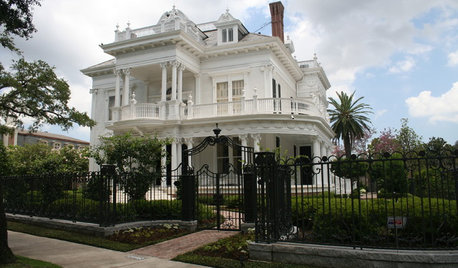
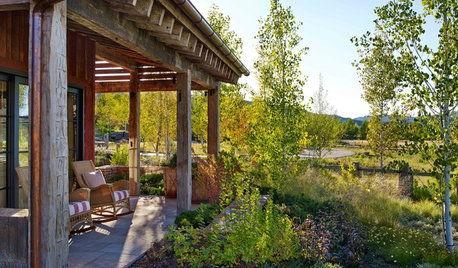
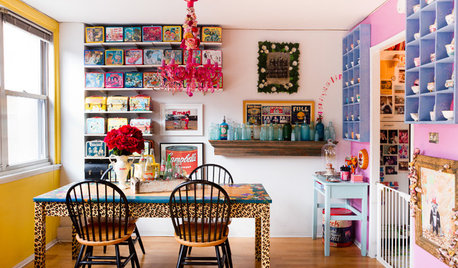
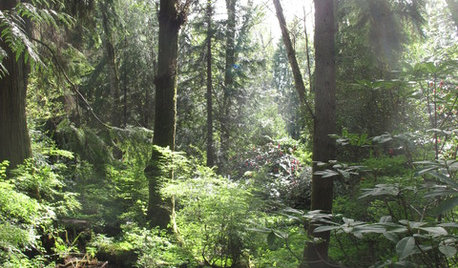
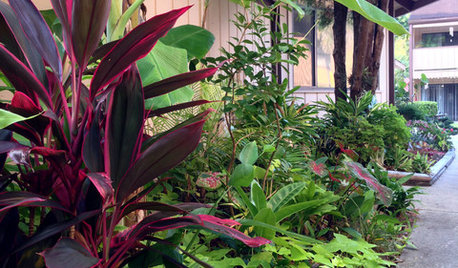
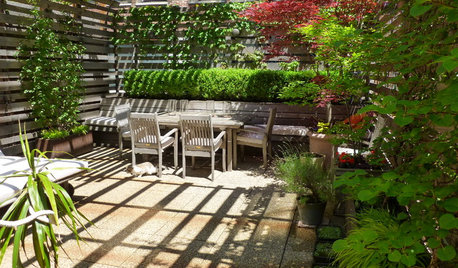







bahamababe
Lee_ME
Related Professionals
Ashburn Landscape Contractors · Hoover Landscape Contractors · Lebanon Landscape Contractors · Midland Landscape Contractors · Nashua Landscape Contractors · New Berlin Landscape Contractors · West Haverstraw Landscape Contractors · Whitehall Landscape Contractors · Woodland Landscape Contractors · Oxon Hill Landscape Contractors · Reisterstown Landscape Contractors · Fort Worth Decks, Patios & Outdoor Enclosures · Natick Decks, Patios & Outdoor Enclosures · Villa Park Decks, Patios & Outdoor Enclosures · Wentzville Decks, Patios & Outdoor EnclosuresHerb
didgeridooOriginal Author
Herb
asuka
Lee_ME
Herb
Lee_ME
asuka
didgeridooOriginal Author
didgeridooOriginal Author
Herb
Lee_ME
Herb
DonPylant
Herb
DonPylant
chris74robinson
Herb
inkognito
Lee_ME
DonPylant
Herb
DonPylant
Herb